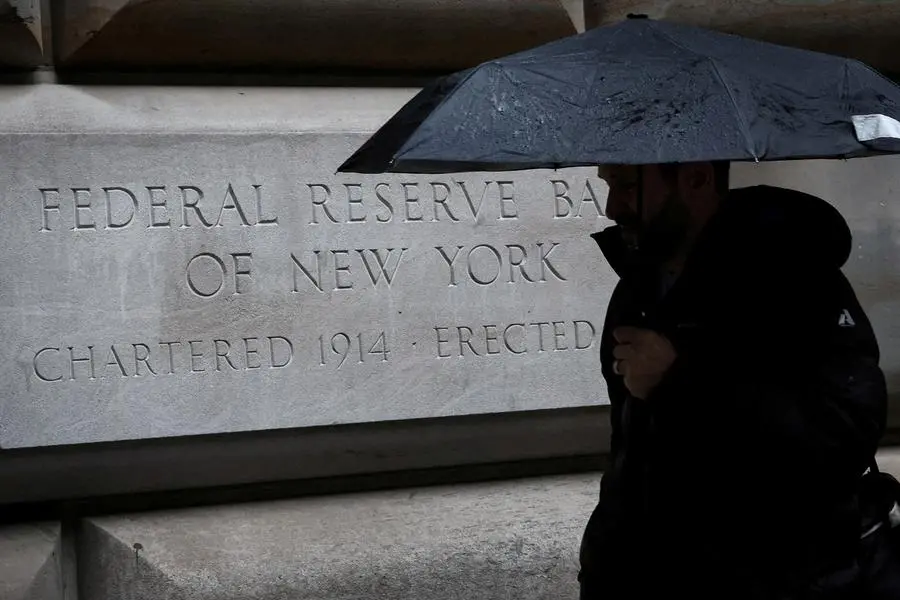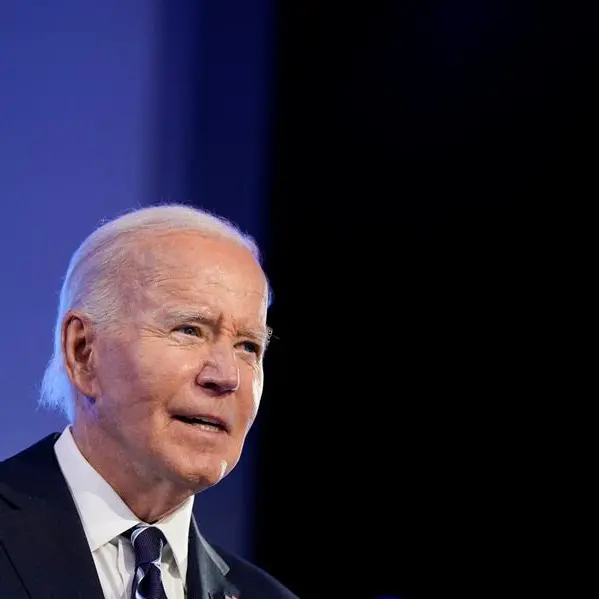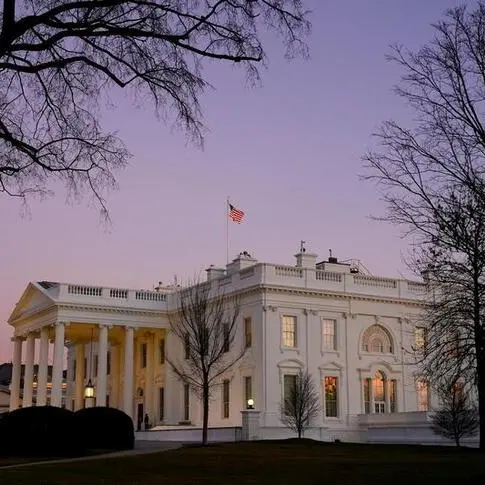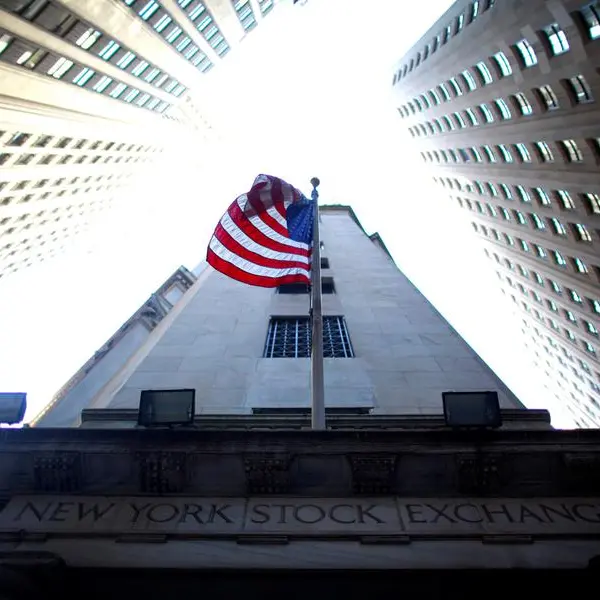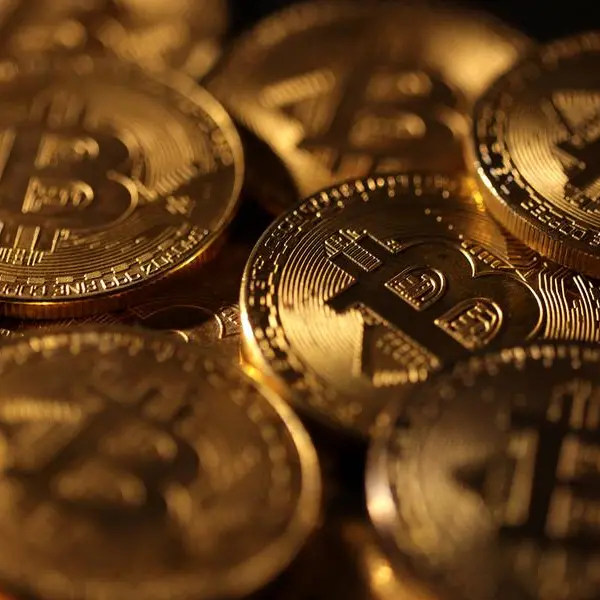PHOTO
A sharp slowdown in the U.S. job market that touched off days of global stock-market turmoil also fueled speculation the Federal Reserve may not wait until its next scheduled meeting, in September, to cut interest rates.
Indeed, an interest rate futures contract expiring later this month that tracks Fed policy expectations shot to a two-month high earlier in the week in a bet that rates would be lower by the end of August.
The odds are against it. As Chicago Fed President Austan Goolsbee said earlier this week, "the law doesn't say anything about the stock market. It's about employment and it's about price stability," referring to the Fed's double mandate to foster full employment and price stability.
An increasing number of analysts are now penciling in a half-a-percentage-point rate cut for the Fed's September meeting. But few if any believe the Fed will move sooner.
"Current economic data do not warrant an emergency intermeeting rate cut, and this would only ignite a new round of panic into the markets," wrote Nationwide economist Kathy Bostjancic.
Even former New York Fed President Bill Dudley, who called for the U.S. central bank to cut rates last week even before the latest data showed the unemployment rate jumped to 4.3% in June, wrote this week that an intermeeting cut is "very unlikely."
In late August Fed Chair Jerome Powell is expected to have a chance to give a fresh steer on what he thinks could be needed when global central bankers gather at the Kansas City Fed's annual economic symposium in Jackson Hole, Wyoming.
For now Powell is widely anticipated to look past the stock-market swoon and stick to what he said last Wednesday, after the Fed's decision to leave the policy rate in the 5.25%-5.50% range.
"If we do get the data that we hope we get, then a reduction in our policy rate could be on the table at the September meeting," he said.
In the weeks ahead, data on jobs, inflation, consumer spending and economic growth could all influence whether that reduction would be a quarter-point cut or something bigger.
On each of the eight occasions over the past 30 years that the U.S. central bank has cut rates between policy-setting meetings, the upheaval in markets went well beyond equities. In particular, bond market indications of rapidly building disruptions to the credit flows that keep businesses humming were in plain view, a factor notably absent so far.
A spin through each of them shows why those times were different.
RUSSIAN FINANCIAL CRISIS/LTCM - 25 basis points
Oct. 15, 1998 - The Fed, which had only just delivered a quarter-point rate cut at its meeting two weeks earlier, cut the policy rate another 25 basis points. The failure of hedge fund Long-Term Capital Management - on the heels of Russia's sovereign debt default two months earlier - was reverberating through U.S. financial markets, blowing out credit spreads that threatened to impact investment and drag down the economy.
TECHNOLOGY STOCK SWOON - 100 basis points
Jan. 3 and April 18, 2001 - The Fed delivered two surprise half-point interest rate cuts early in the year after the sharp upswing in dot-com tech stocks turned into an equity rout that policymakers worried would pinch household and business spending. What had been mostly a stock market event bled into the corporate bond market through late 2000, sending high-yield credit spreads to their widest on record to that point.
The two Fed cuts were in addition to two half-point cuts at its Jan. 31 and March 20 meetings.
SEPT 11 ATTACKS - 50 basis points
Sept. 17, 2001 - The Fed cut the policy rate by half a percentage point following the attacks and the days-long closure of U.S. financial markets, and promised to continue to supply unusually large volumes of liquidity to the financial markets until more normal market functioning was restored. High-yield bond spreads widened more than 200 basis points before the Fed's actions helped restore calm in credit markets.
GLOBAL FINANCIAL CRISIS - 125 basis points
Jan. 22 and Oct. 8, 2008 - The Fed cut its policy rate by 75 basis points at an unscheduled meeting in January as what had begun as a crisis in subprime lending the prior summer gathered steam and spread to global markets. High-yield spreads stood at their widest in five years at the time.
Then, Lehman Brothers' failure on Sept. 15 ushered in a new phase of the crisis, and though the Fed skipped policy action at its meeting a day later, by early October it got together with other global central bankers for a coordinated action that included a half-point cut to the federal funds rate. Credit spreads eventually peaked near year end at what is still a record for both high-yield and investment-grade bonds.
COVID-19 PANDEMIC - 150 basis points
March 3 and March 15, 2020 - The Fed cut rates by half a percentage point, and then less than two weeks later by another full point, to ease policy as global travel and commerce suddenly skidded to a near standstill in the face of government shutdowns to prevent the spread of COVID-19. While U.S. stock indexes dropped more than 30%, of even greater concern was a 700-point widening of credit spreads and disruptions to the function of the U.S. Treasury market.
(Reporting by Ann Saphir and Dan Burns; Editing by Andrea Ricci)
